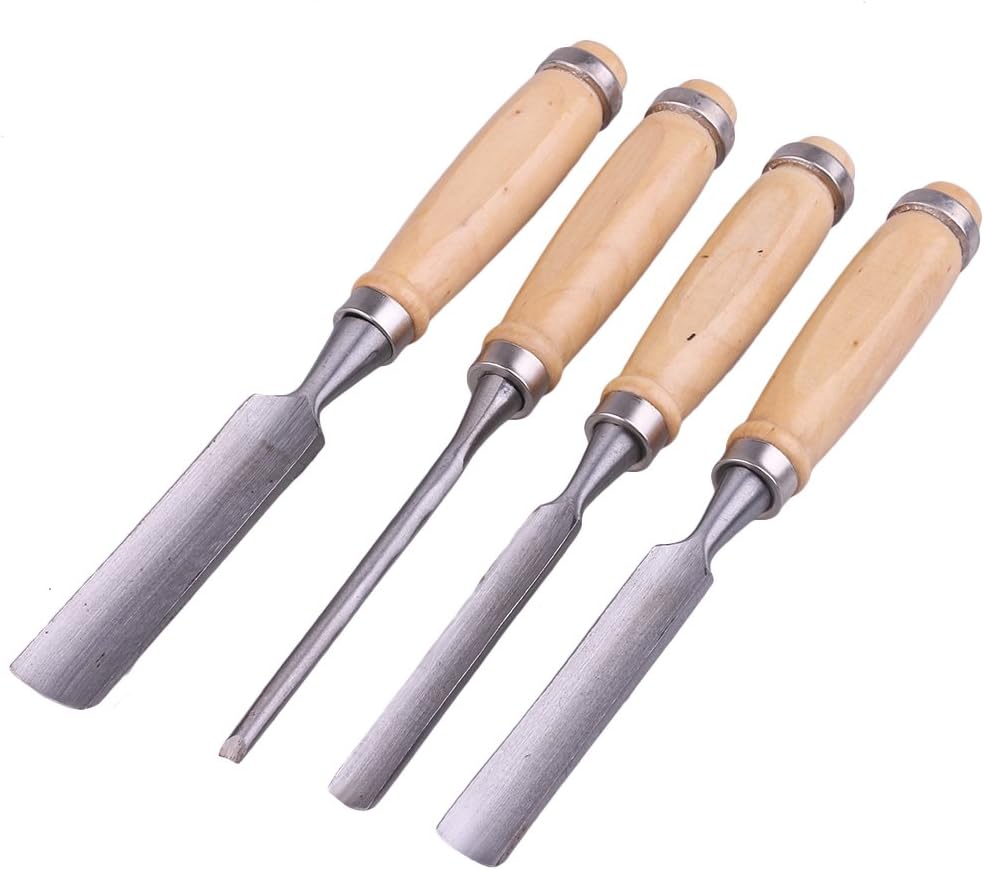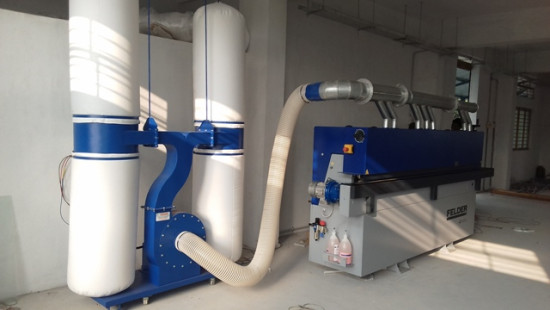Saws are fundamental tools in woodworking and carpentry, designed primarily for cutting wood but also capable of slicing through various other materials. They come in two main categories: hand tools and power tools. Hand saws typically feature a long, serrated blade that requires manual effort, while power saws utilize motors to drive a blade or disk with a jagged cutting edge, making cutting tasks more efficient and less labor-intensive. The versatility of saws makes them essential carpentry products for both amateur and professional woodworkers. When embarking on projects, such as building a bookcase, the first step often involves sawing the wood into the proper lengths. Accurate measurements are critical; a common adage in woodworking is to “measure twice, cut once.” This maxim helps ensure precision, reducing waste and the need for additional cuts. Saws can be categorized into several types, each suited for specific tasks. For instance, table saws are invaluable for making straight cuts on larger sheets of plywood, while miter saws excel at producing angled cuts, ideal for framing and molding. Band saws are excellent for making curved cuts, allowing for more intricate designs. Circular saws, a popular power tool among carpenters, are highly portable and versatile, making them suitable for a variety of cutting tasks. In addition to their primary function of cutting, saws are often used in conjunction with other carpentry products to achieve high-quality results. For example, using a saw in tandem with a woodworking square ensures that cuts are straight and accurate, enhancing the overall integrity of the project. Other tools, such as clamps and jigs, can be employed alongside saws to hold materials in place, providing greater control and safety during cutting operations. Moreover, the design and quality of saws can significantly impact the efficiency and outcome of woodworking projects. High-quality blades made from durable materials ensure cleaner cuts and longer tool life.
Many carpentry products today incorporate innovative features such as laser guides or dust collection systems, further improving precision and usability. Saws also have applications beyond woodworking; for example, in culinary contexts, a saw may refer to a specialized knife used to cut through tough meats or bones. This broader understanding of the term emphasizes the importance of choosing the right tool for the task at hand, whether in carpentry or cooking. In summary, saws are essential carpentry products that play a critical role in the woodworking process. Their ability to cut various materials with precision makes them indispensable in crafting everything from furniture to intricate woodwork. Understanding the different types of saws and their appropriate applications can greatly enhance a woodworker’s skill set and the quality of their projects. Investing in high-quality saws and combining them with other woodworking tools can lead to successful and satisfying outcomes in any carpentry endeavor.
 teknowfeed
teknowfeed


